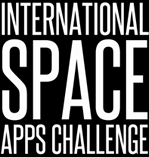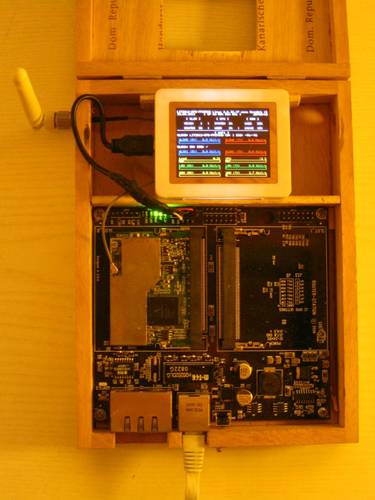Zur Bundesratsinitiative “Änderung der Störerhaftung für WLAN-Betreiber – Freies WLAN in Berlin”[1] der Großen Koalition in Berlin erklärt der Förderverein Freie Netzwerke e.V.:
Wir begrüßen sehr, dass sich die rot-schwarze Koalition für Anbieter freier WLAN-Zugänge einsetzt, denn die Anwendung der sog. “Störerhaftung” macht die Betreiber von offenen WLAN-Zugängen für den Datenverkehr ihrer Nutzer juristisch verantwortlich. Die Störerhaftung ist damit Angstmacher und größtes Hemmnis für die Weiterentwicklung Freier Netze.
Gleichzeitig fragen wir uns jedoch, welche “Anforderungen an die jeweils einzusetzenden Schutzmaßnahmen” gesucht werden und warum man zwischen befugter sowie unbefugter Nutzung differenziert. Hierzu möchten wir feststellen, dass solche “erforderlichen Schutzmaßnahmen” technisch wie juristisch äußerst fragwürdig sind und für kommerzielle Anbieter bislang nicht vorgesehen sind.
Diese Forderungen stehen sowohl dem Fernmeldegeheimnis wie den allgemeinen Grundsätzen des Telemediengesetz entgegen, in denen es heißt: “Diensteanbieter (..) sind nicht verpflichtet, die von ihnen übermittelten oder gespeicherten Informationen zu überwachen” (§7 Satz 2) und “für fremde Informationen (..) nicht verantwortlich” (§8 Satz 1).
“Ob des Grundrechts auf vertrauliche und verschlüsselte Kommunikation lässt sich der Austausch von Daten, praktisch nicht verhindern – hierfür technische Auswege zu suchen ist schlichtweg naiv und gefährdet die Integrität der Informationsnetze” warnt Netzaktivist wetterfrosch. Er erinnert, dass der Gesetzestext vom Anbieter explizit fordert “die Nutzung von Telemedien (..) anonym oder unter Pseudonym zu ermöglichen, soweit dies technisch möglich und zumutbar ist” (§13 Satz 6).
“Im Gegensatz zu kommerziellen Providern welche aus guten Gründen nicht in den Datenstrom eingreifen dürfen, wird dies im Moment von privaten WLAN-Betreibern – wie Freifunkern – verlangt” erklärt André Gaul und fordert, dass eine solche Benachteiligung privater Initiativen verhindert wird.
Freifunk ist eine seit 2002 existierende nicht-kommerzielle Initiative für freie und selbstverwaltete Funknetzwerke. Freifunker aus ganz Deutschland stellen an über tausend Punkten freie Internetzugänge zur Verfügung. “Wir stehen für diskriminierungsfreie, dezentrale und für jeden nutzbare Möglichkeiten zum offenen Informationsaustausch” stellt Freifunker cven klar.
Weitere Informationen
[1] Antragstext der SPD/CDU-Fraktionen des Abgeordnetenhaus Berlin “Änderung der Störerhaftung für WLAN-Betreiber – Freies WLAN in Berlin”
Kritik des Medienrechtsanwalts Thomas Stadler
TMG §7 Allgemeine Grundsätze
TMG §8 Durchleitung von Informationen
TMG § 13 Pflichten des Diensteanbieters
Störerhaftung in der Wikipedia
Kontakt
Website von Freifunk
wetter@netzpolitk.org
André Gaul, wissenschaftlicher Mitarbeiter an der TU Berlin
gaul@math.tu-berlin.de





